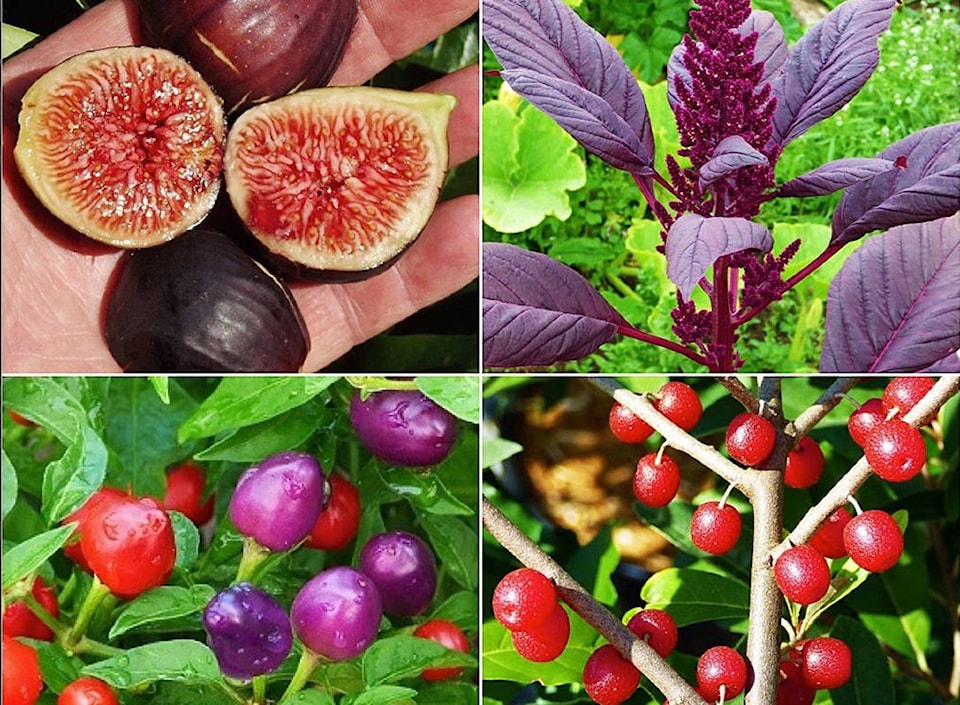I am, by nature, a creature of habit. I rise early, feed the cat (who often volunteers to wake me anyways), make coffee and read The Guardian news online for about 45 minutes, then I go cycling.
Once home, I prepare and eat my breakfast (oatmeal with fruit and yogurt), after which I jump into the shower and get ready for the short drive to work.
But a few months ago, I came across an article, “Chilean villagers vlaim British appetite for avocados is draining region Dry,” by Alice Facchini and Sandra Laville, during my morning read and was absolutely gobsmacked.
The story focussed on the plight of residents in and around the province of Petorca in Chile who are being overrun by avocado orchards planted by large agri-businesses in response to worldwide demand.
The resulting irrigation needs (100,000 litres a day per hectare) have all but dried local rivers and aquifers, forcing some locals to rely on often contaminated water brought in by truck.
The one quote that really got me thinking: “Here there are more avocados than people, but only people are lacking water, never the avocados.”
The article also provided a link to the Water Footprint Network (www.waterfootprint.org), where I used the product gallery calculator to check out the irrigation used to grow everyday foods that I consume.
The results surprised me, with one banana requiring 160 l of water, an apple 125 l and my morning cups of coffee accounting for 130L each. Then there’s my daily oatmeal taking about 150L of water, followed by my shower, which averages 65-75 l.
Taking all this in consideration and not counting toilet flushes, by noon of every day I have personally consumed an average of 750 l of water, or enough to fill a bathtub four times over. That’s an alarming amount of water, especially when you multiply that by the 2.5 million people that currently live in Greater Vancouver.
And while our water is well managed, urban regions are not immune from the effects of drought, as evidenced by the taps nearly running dry in Cape Town, South Africa this year.
As gardeners, we need to prepare for less available water in the future and there are a number of easy ways to get ready.
First and foremost, respect local water restrictions when enacted and prepare your landscape for drought conditions by using mulches to retain moisture.
Also, consider installing drip irrigation systems as these are extremely water-wise while also providing plants with all the moisture they need.
Watering deeply and less frequently will train your plants not to surface root, a condition which makes them much more prone to the whims of nature, be it drought or cold damage.
The other way to beat the heat is to choose plants that thrive with less water once established.
For those of you who may have experienced scorched summer flowers, consider choosing drought tolerant replacements, such as gazanias, portulaca, celosia, dusty miller and brachycome (Swan River daisy).
Gardeners growing edibles also have many potential choices, including tomatoes, amaranthus, rhubarb, woody-stemmed herbs (thyme, sage, rosemary), okra, Jerusalem artichoke, onions and chili peppers.
In fact, both tomatoes and chili peppers will actually have better flavour when they are not overwatered.
Drought tolerant fruits present fewer options, as many of our favourites (peaches, strawberries, pears) are in need of regular irrigation in order to properly mature.
That said, there are some options available to us such as black mulberry, figs, autumn olive (Elaeagnus umbellata), goumi berry and jujube (Ziziphus) or Chinese red date.
Mike Lascelle is a local nursery manager and gardening author (hebe_acer@hotmail.com).
